All Categories
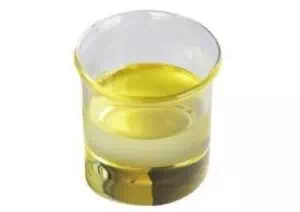
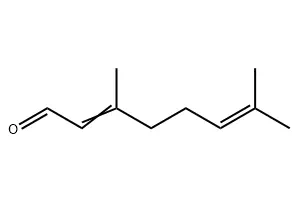
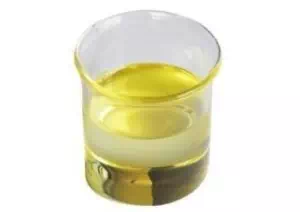
Citral CAS 5392-40-5
Citral is an important synthetic flavor with a chemical formula of C₁₀H₁₆O. It is composed of two isomers (geranial and neral) and has a strong lemon aroma. It is widely found in natural plants such as lemongrass and lemon leaves. Its refreshing citrus aroma and versatility make it a core raw material in the fields of food and daily chemicals.
CAS : 5392-40-5
Formula : C10H16O
Mol. wt. : 152.23
EINECS : 226-394-6
| Chemical Name | Citral |
| CAS | 5392-40-5 |
| EINECS | 226-394-6 |
| Molecular Formula | C10H16O |
| Molecular Weight | 152.23 |
| Spice Type | Synthetic fragrance |
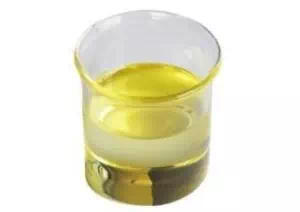
Citral is an important synthetic flavor with a chemical formula of C₁₀H₁₆O. It consists of two isomers (geranial and neral) and has a strong lemon aroma. It is widely found in natural plants such as lemongrass and lemon leaves, but it is mainly produced industrially through chemical synthesis (such as isoprene method) or biological fermentation method. Its refreshing citrus fragrance and versatility make it a core raw material in the fields of food and daily chemicals.
I. Food Industry
Edible Flavor Additives
Beverages: Mix lemon, lime, citrus-flavored carbonated beverages, tea drinks (such as iced black tea), and functional beverages to enhance the natural fruity aroma.
Candy and Baking: Used in hard candies, soft candies, chewing gum, cakes, and biscuits to simulate the sweet and sour flavor of fresh lemons.
Dairy products: Add a small amount to yogurt and ice cream to enhance the refreshing taste (such as lemon yogurt).
Flavor modification and preservation
Cover up the odor of oil oxidation in food processing (such as fried foods).
Compounded with antioxidants to delay food spoilage (must comply with GB 2760 and other regulations).
Natural substitute
As a cheap substitute for natural lemon oil, it is used in low-cost foods (such as instant lemon tea powder).
II. Daily chemicals and personal care
Perfume and cologne: As a top note fragrance, it gives a fresh citrus scent, commonly seen in summer perfumes and sports fragrances (such as L'Occitane lemon verbena series).
Cleansing products: Added to shampoo, shower gel, and soap to provide a refreshing aroma (such as lemon-flavored hand soap).
Household cleaners: Used in dishwashing liquids and floor cleaners, it has both decontamination and air freshening functions.
Functional additives
Antibacterial effect: Inhibits bacterial growth in skin care products (effective against Staphylococcus aureus, etc.) and extends shelf life.
Insect repellent effect: Compounded with citronella oil, it is used in mosquito repellent sprays or outdoor products.
III. Industry and Chemical Industry
Synthesis of other flavors
Core raw materials for preparing terpene flavors such as geraniol, nerol, and menthol.
Synthesis of ionone (further used in vitamin A and perfume).
Industrial solvents and additives
As solvents for resins and inks, or flavoring agents for plastic products (to cover industrial odors).
Used in the synthesis of ultraviolet absorbers (such as cinnamate derivatives).
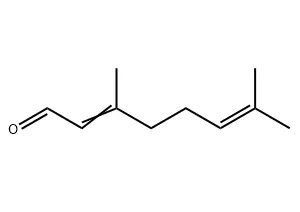
| Melting point | <-10°C |
| Boiling point | 229 °C |
| Density | 0.888 g/mL at 25 °C |
| FEMA | 2303 | CITRAL |
| Storage | 2-8°C |
| Fragrance | citrus |
| Water solubility | PRACTICALLY INSOLUBLE |
* Prompt reply and 24 hours online, professional team to provide best price and high quality product.
* Sample testing support.
* Every batch of products will be tested to ensureits quality.
*The packing also can be according the customers` requirment.
*Any inquiries will be replied within 24 hours.
*we provide Commerical Invoice, Packing List, Bill of loading, COA , Health certificate and Origin certificate. If your markets have any special requirements, let us know.